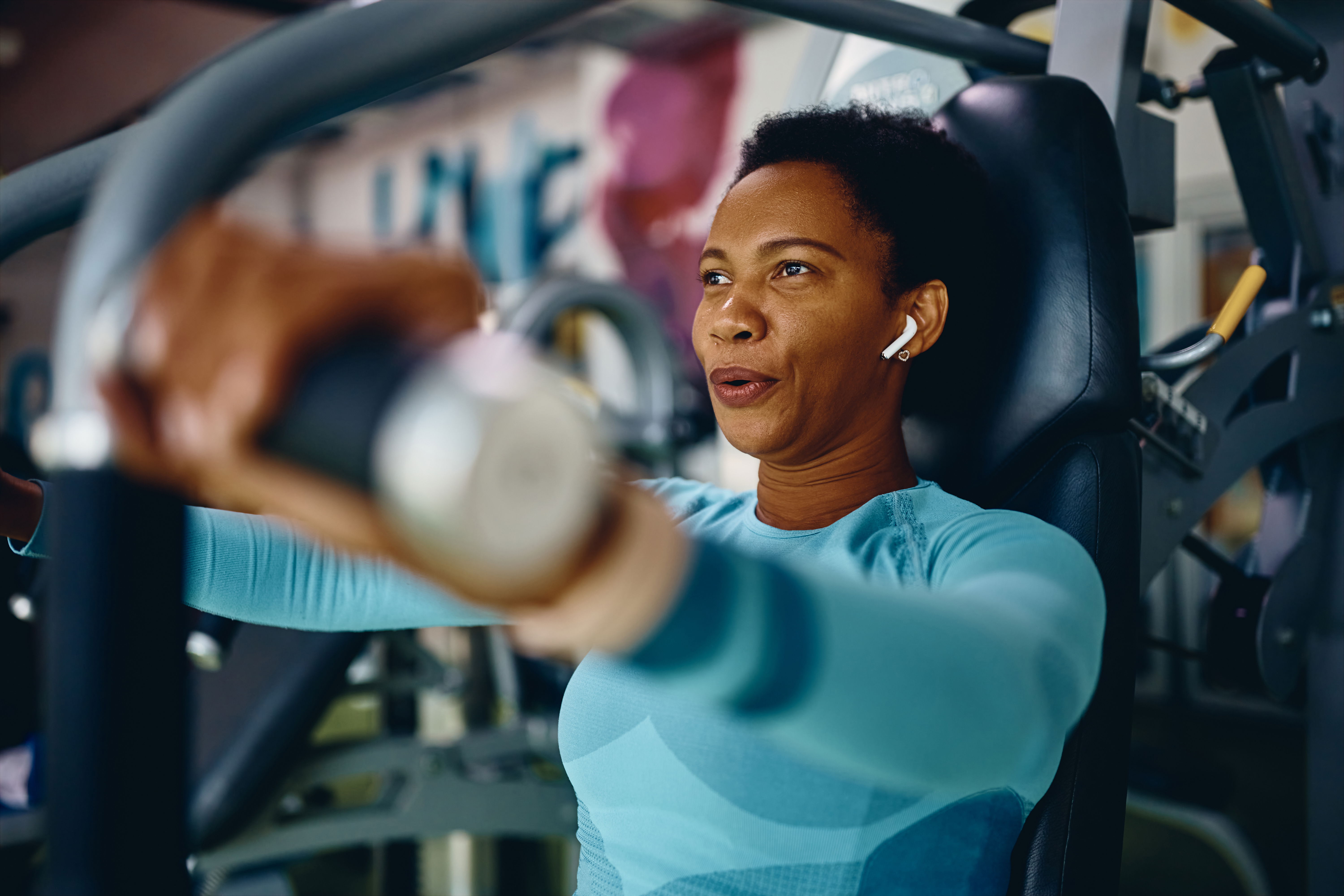Let’s get ready to rumbleeee!
I know you can hear the synth beats from this 90s classic blaring in your head right now (you’re welcome).
“Get Ready” instantly takes me back to the days when fitness was synonymous with Jock Jams. I despised doing suicides in gym class, but whenever the cool PE teacher threw on “Whoomp (There It Is)“, I somehow had no problem sprinting for my life in a pair of oversized gym shorts, clutching my waistband to avoid being pantsed by Jessica M*.
The truth is, we all have our own version of Jock Jams — after all, music has a universal ability to move us and to get us moving. Scientifically speaking, music has serious motivation and performance benefits, and I bet you’ve felt the difference when your song comes on and suddenly you’re kicking higher, squatting lower, and running farther.
As a certified group fitness trainer, I’ve learned that this music-body connection can be measured and implemented during exercise to maximize results.
While every person has their own musical preference (don’t ask me why “Betty Davis Eyes” hypes me up SO much), there’s a specific tempo/beats-per-minute (BPM) formula that is guaranteed to harness the beast inside and help you get the most out of your workout.
Unsurprisingly, the optimized number of BPMs varies based on the type of exercise you’re doing. Here’s a rough guide that can help you stack your playlists based on your workout of the day:
- Pilates, yoga, and stretching: 60 to 90 BPMs
- Cycling: 80 to 122 BPMs (Use for “on the beat” pedal strokes.)
- Low impact aerobics and hip hop dance: 100 to 122 BPMs
- Strength training: 120 to 140 BPMs
- Dance and mid to high impact aerobics: 130 to 160 BPMs
- HIIT and anaerobic exercise: 130-plus BPMs
Without digging into upbeats, downbeats, meters, and measures, just know that these general guidelines will help you match tempo to output.
